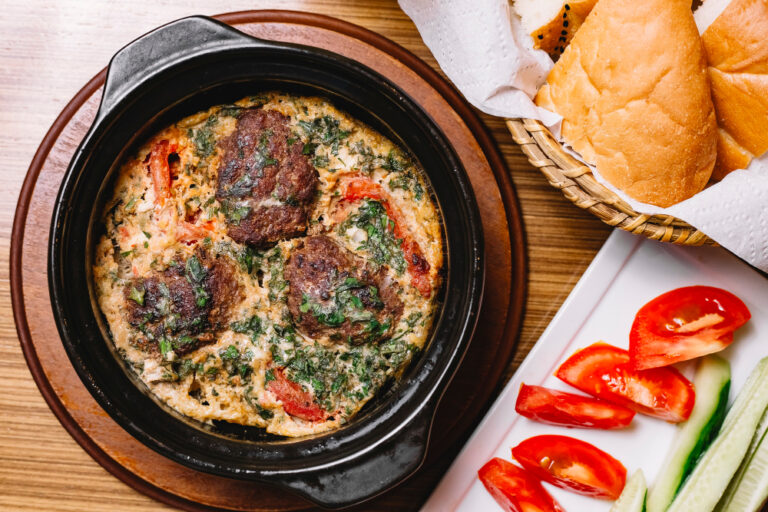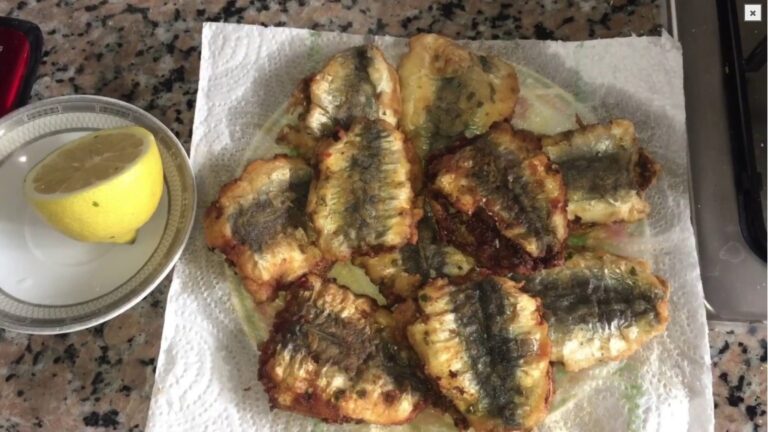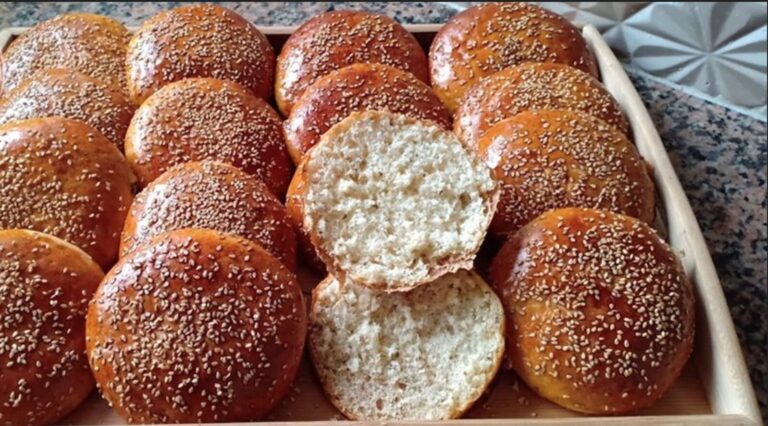

When exploring Morocco, it is impossible not to be enchanted by the aromas of spices, mint tea, and fresh bread wafting through the air. Yet, among Morocco’s most beloved culinary treasures, Sfouf Moroccan – Traditional Semolina Cake Recipe stands out as a delightful treat that travelers often discover in family kitchens, local souks, and festive occasions. More than just a dessert, it embodies Moroccan warmth, hospitality, and cultural richness. This blog will take you on a journey into the story of Sfouf, where food, tradition, and travel intersect.
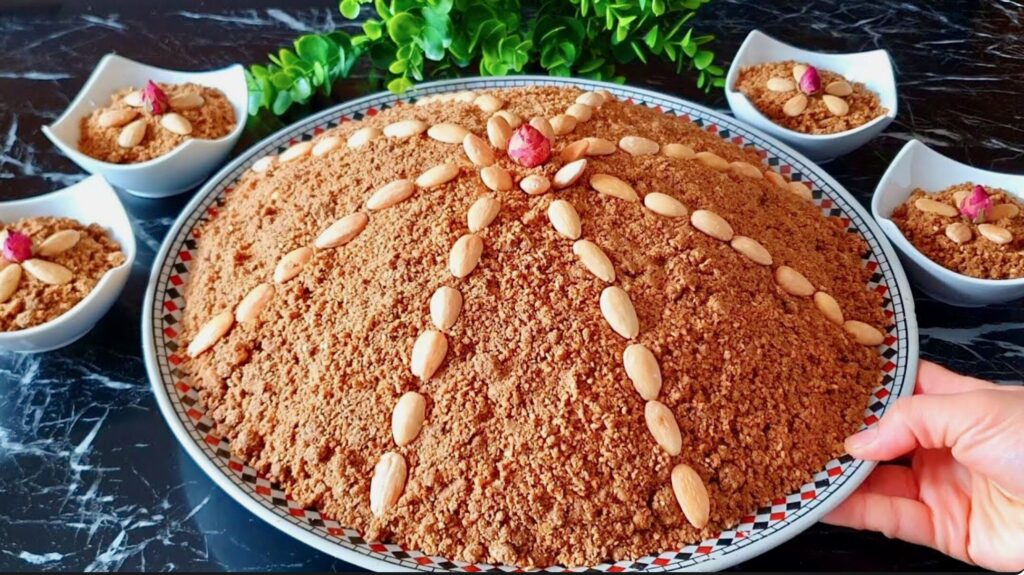
Sfouf Moroccan: A Culinary Treasure
Sfouf, often called the Moroccan semolina cake, is a golden, fragrant dessert traditionally prepared with semolina, flour, sugar, anise seeds, turmeric, and almonds. What makes it special is its delicate balance between sweetness and nuttiness, enhanced by the earthy spice flavors. Unlike elaborate pastries, Sfouf is humble yet festive, often prepared during religious celebrations, family gatherings, or Ramadan evenings.
Travelers who wish to experience Moroccan hospitality will often be offered Sfouf with a glass of fresh mint tea, a moment that reflects the nation’s deep-rooted sense of generosity. Its simple ingredients also symbolize Morocco’s agricultural heritage, where wheat, nuts, and spices play central roles in daily life.
Where to Enjoy Sfouf in Morocco
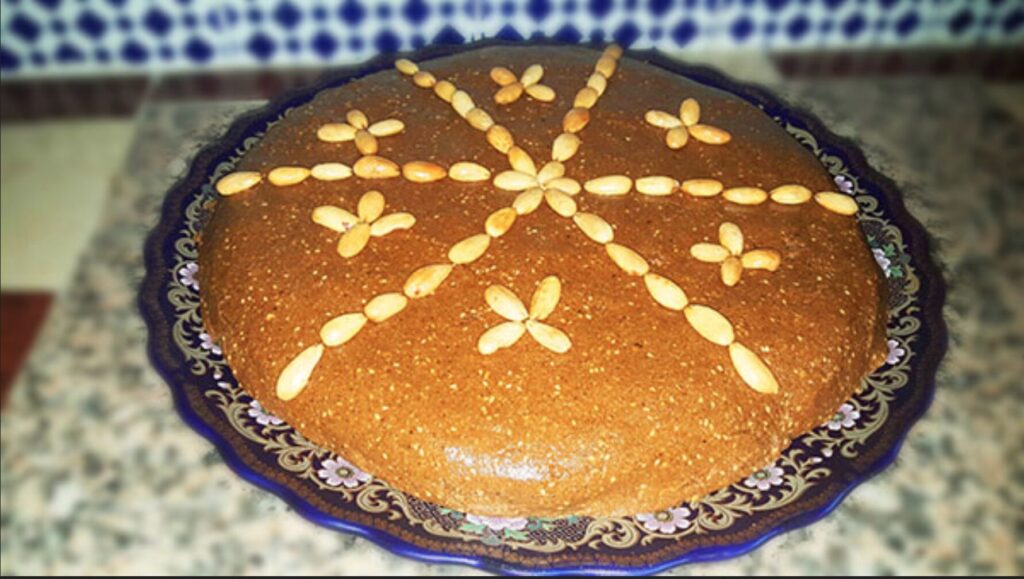
While Sfouf can be made in every Moroccan household, some regions have a special reputation for perfecting this cake. Cities like Marrakech and Fez, both UNESCO World Heritage sites, are famous not only for their labyrinthine medinas and architectural wonders but also for their diverse food traditions. In Marrakech, you may encounter Sfouf in bakeries alongside almond cookies and gazelle horns, while in Fez, families preserve age-old recipes passed down for generations.
For travelers, stopping by a traditional souq (market) is often the best way to taste authentic Sfouf. Vendors proudly display golden slices, wrapped neatly, and ready to be enjoyed on the spot or taken as gifts. Pairing Sfouf with Moroccan mint tea in a rooftop café overlooking a bustling medina is an unforgettable experience.
Cultural Insights and Travel Tips
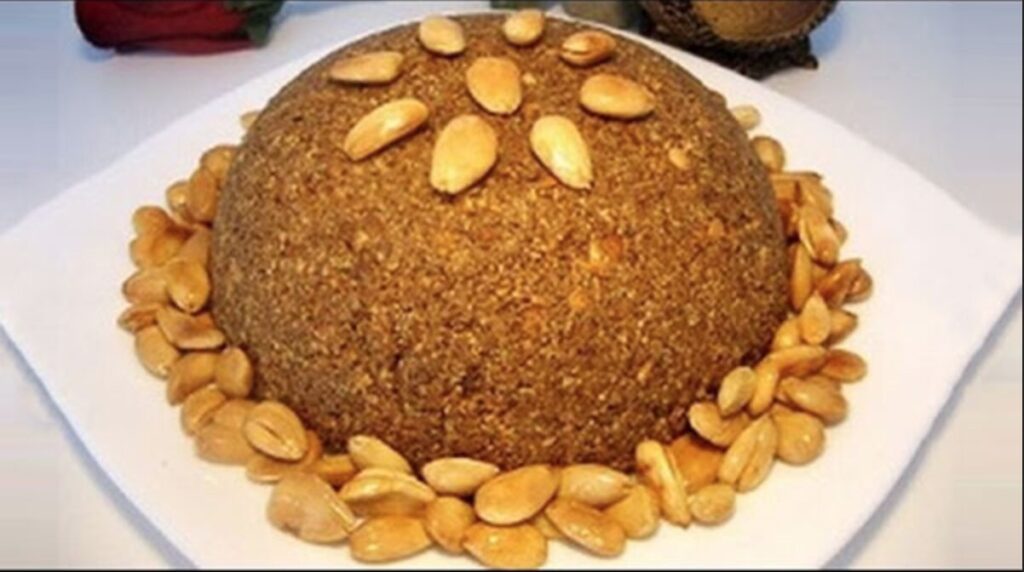
If you plan to explore Moroccan cuisine beyond couscous and tagine, keep an eye out for seasonal desserts like Sfouf. Here are some cultural insights to enrich your journey:
- Hospitality First: In Moroccan culture, offering sweets like Sfouf symbolizes generosity. Don’t be surprised if a shopkeeper or family host insists you taste some.
- Best Time to Try Sfouf: Sfouf is commonly prepared during Eid celebrations and Ramadan, but many bakeries sell it year-round.
- Pairing Tip: Always enjoy Sfouf with fresh Maghrebi mint tea—the combination of the sweet cake and refreshing tea creates a balance beloved by locals.
- Buying Souvenirs: Packaged Sfouf makes an excellent edible souvenir to bring home. Choose airtight containers from bakeries in Fez or Rabat for the best quality.
Traveler Stories: Experiencing Sfouf Firsthand
Many travelers recall their first encounter with Sfouf not in a restaurant, but in a Moroccan home. Imagine being welcomed by a family in Casablanca after a long journey: the table is set with mint tea, nuts, dates, and golden Sfouf sprinkled with almonds.
One traveler shared that the host explained how Sfouf is often baked in large trays, then cut into generous diamond-shaped pieces. The warm, yellow cake—thanks to turmeric—was unlike any dessert they had ever tasted before. This intimate introduction to Moroccan food culture often leaves visitors with cherished memories long after their trip ends.
When to Travel for Culinary Discoveries
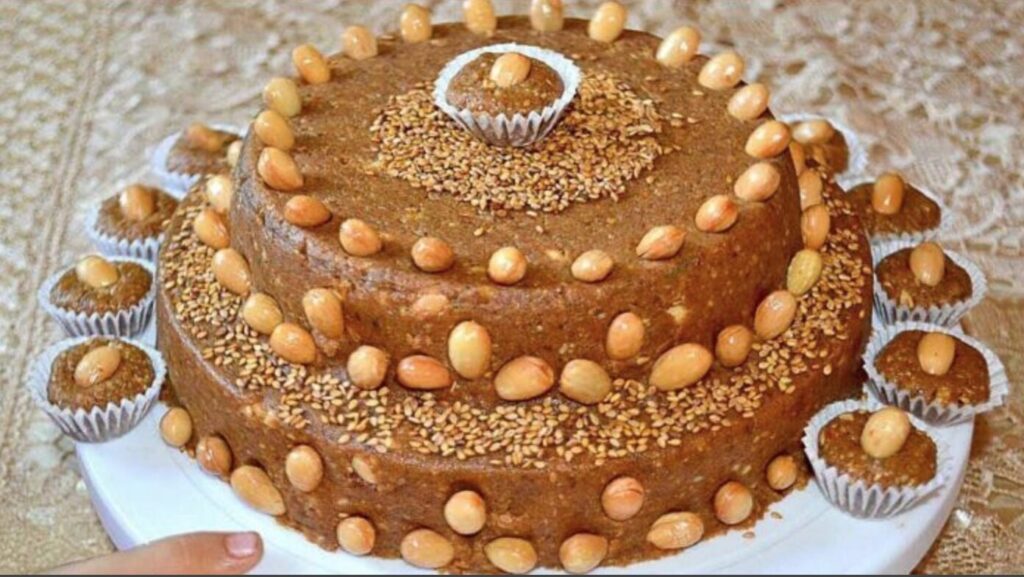
For food lovers planning a Moroccan trip, timing can elevate your experience:
- Ramadan & Eid Seasons: Visiting Morocco during Ramadan or Eid al-Fitr offers a unique chance to try Sfouf freshly prepared for celebrations.
- Spring & Autumn: These are the best seasons for comfortable weather while exploring Morocco’s souks and culinary scene.
- Festivals & Cultural Events: Culinary festivals in cities like Marrakech often showcase traditional sweets like Sfouf alongside modern twists.
Whether you travel in summer’s vibrant heat or winter’s calm evenings, you’ll always find Sfouf bringing people together.
FAQ – Sfouf Moroccan: Traditional Semolina Cake
What is Sfouf Moroccan cake made of?
Sfouf is made with semolina, flour, sugar, anise seeds, turmeric, and almonds. The combination creates a slightly sweet, nutty, and spiced cake.
Is Sfouf Moroccan similar to other Middle Eastern desserts?
Yes, Sfouf has cousins in Lebanon and Syria, but the Moroccan version is distinct thanks to turmeric and the Moroccan tradition of pairing it with mint tea.
Where can I buy Sfouf in Morocco?
Sfouf is available in bakeries, souks, and sometimes in traditional cafés, especially in Marrakech, Fez, and Casablanca.
Can I make Sfouf at home?
Absolutely! The recipe is straightforward, requiring only basic pantry ingredients, making it a favorite for Moroccan families to bake at home.
Is Sfouf Moroccan gluten-free?
No, since it’s made with semolina and flour, Sfouf contains gluten. However, some modern variations experiment with alternative flours.
Conclusion: Taste Morocco Through Sfouf
Exploring Morocco is not only about breathtaking landscapes and vibrant cities but also about tasting the flavors that define its culture. Sfouf Moroccan – Traditional Semolina Cake Recipe invites you to step into Moroccan homes, markets, and celebrations. From the bustling streets of Marrakech to the serene courtyards of Fez, this golden cake connects people through shared hospitality and joy.
So, when you plan your Moroccan adventure, don’t just seek monuments and souks—sit down, sip mint tea, and savor a slice of Sfouf. It might just become one of your sweetest travel memories.

